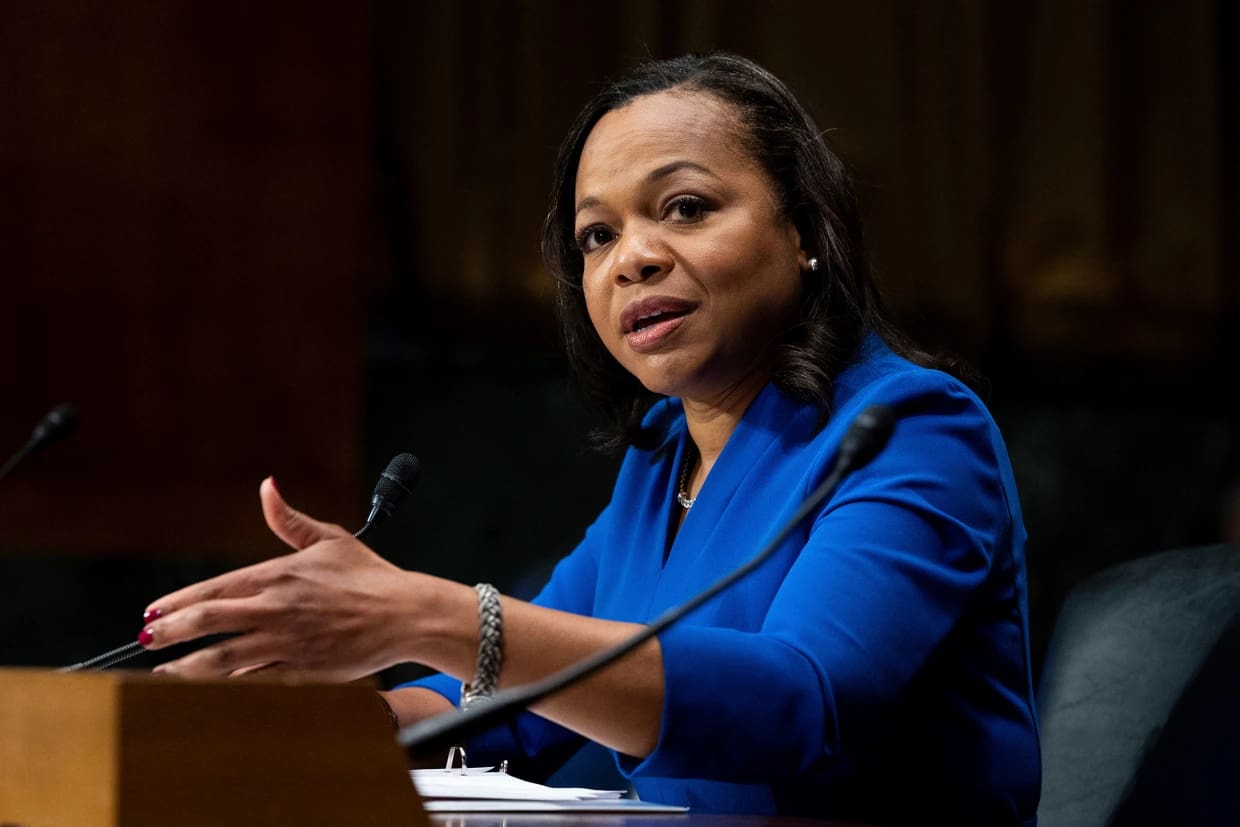The Fall Of School Desegregation Orders: A New Chapter Begins

Table of Contents
The history of school desegregation in the United States is a long and complex struggle. The landmark Brown v. Board of Education Supreme Court decision of 1954 declared state laws establishing separate public schools for black and white students to be unconstitutional. However, the implementation of Brown v. Board faced massive resistance, and true integration remained elusive for decades. Court-ordered desegregation plans, often involving busing and other methods to achieve racial balance, became common tools to dismantle Jim Crow-era segregation. This article will focus on the decline of these crucial desegregation orders and explore the implications for educational equity moving forward.
The Erosion of Desegregation Orders: Court Decisions and Legal Challenges
Over the past several decades, a series of court decisions have significantly weakened or even overturned desegregation orders. These rulings have often cited concerns about the constitutionality of long-term desegregation plans or the appropriateness of specific remedies. The legal arguments used to challenge desegregation plans frequently centered on claims that these plans infringed upon individual rights or imposed undue burdens on school districts.
- Key Court Cases:
- Milliken v. Bradley (1974): Limited the scope of desegregation orders to individual school districts, hindering efforts to address inter-district segregation.
- Missouri v. Jenkins (1995): Restricted the use of court-ordered desegregation funding for programs like teacher salary increases.
- Numerous cases challenging the constitutionality of affirmative action programs intended to promote school integration.
The legal landscape surrounding school desegregation has become increasingly complex, with ongoing debates about judicial review, the limits of court-ordered remedies, and the appropriate balance between individual rights and the collective goal of educational equity. These legal challenges directly contributed to the weakening of desegregation orders and the rise of resegregation.
The Shifting Political Landscape and Resistance to Desegregation
The decline of support for desegregation is not solely a legal phenomenon; it’s intricately intertwined with shifts in the political landscape and evolving social attitudes. The rise of school choice initiatives, often framed as promoting parental autonomy, has, in some cases, exacerbated school segregation by allowing students to opt out of integrated settings. Furthermore, political polarization and a resurgence of racial resentment have fueled resistance to desegregation efforts in many communities.
- Examples of Undermining Policies:
- The expansion of charter schools, often with less stringent integration requirements.
- The reduction in federal funding for desegregation programs.
- The rise of "white flight" to suburban districts, exacerbating segregation patterns.
This political resistance to desegregation, coupled with subtle yet pervasive societal biases, significantly contributes to the resegregation of schools and the perpetuation of educational inequities.
The Impact of Resegregation on Educational Outcomes
The resurgence of school segregation has demonstrably negative consequences for minority students. Numerous studies show a strong correlation between school segregation and disparities in academic achievement, resource allocation, and overall educational opportunities.
- Data Points:
- Segregated schools often receive less funding and have fewer qualified teachers, leading to lower test scores and graduation rates for minority students.
- Students in segregated schools frequently lack access to advanced courses and extracurricular activities.
- The social and emotional consequences of attending a predominantly same-race school can negatively impact self-esteem and social development.
These disparities contribute to the persistent achievement gap and reinforce systemic inequalities. The impact of resegregation extends far beyond academic performance; it perpetuates cycles of poverty and limits opportunities for social mobility. Addressing this resegregation impact is paramount to achieving educational equity.
Strategies for Promoting School Integration and Equity in a Post-Desegregation Era
Even with the weakening of desegregation orders, effective strategies can still be employed to promote school integration and equitable educational opportunities. While court-ordered busing may be less prevalent, alternative approaches can be implemented.
- Successful Integration Initiatives:
- Magnet schools: These specialized schools attract students from diverse backgrounds through unique academic programs.
- School choice programs with integration goals: Careful design of school choice programs can incentivize integration.
- Inter-district transfers: Facilitating transfers between districts can help achieve greater racial balance.
- Targeted resource allocation: Redistributing resources to address disparities between schools.
Active community engagement and meaningful parental involvement are critical to the success of any school integration strategy. Building strong partnerships between schools, families, and community organizations is essential for fostering inclusive and equitable learning environments.
The Future of School Desegregation and the Fight for Educational Equity
The erosion of school desegregation orders is a serious setback in the ongoing fight for educational equity. The resulting resegregation has demonstrably negative consequences for minority students' academic achievement and overall well-being. However, the struggle for school desegregation continues. We must redouble our efforts to promote school integration through innovative strategies, strong community partnerships, and a renewed commitment to social justice.
We must actively participate in advocating for policies and programs that support school integration and desegregation efforts. Contact your elected officials, support organizations working to combat school segregation, and demand equitable resource allocation for all schools. Together, we can build a future where all students have access to high-quality education, regardless of race or socioeconomic status. Let's join the fight against school segregation and work towards achieving true school integration for every child.

Featured Posts
-
 1 Million Debt Erased Michael Sheens Significant Charitable Contribution
May 02, 2025
1 Million Debt Erased Michael Sheens Significant Charitable Contribution
May 02, 2025 -
 Wsoc Tv Michael Sheens Generous Act Erases 1 Million In Debt
May 02, 2025
Wsoc Tv Michael Sheens Generous Act Erases 1 Million In Debt
May 02, 2025 -
 Christina Aguileras Edited Photos Spark Debate Natural Beauty Vs Airbrushed Perfection
May 02, 2025
Christina Aguileras Edited Photos Spark Debate Natural Beauty Vs Airbrushed Perfection
May 02, 2025 -
 Michael Sheens 100 K Donation Paying Off 1 Million Debt For 900 People
May 02, 2025
Michael Sheens 100 K Donation Paying Off 1 Million Debt For 900 People
May 02, 2025 -
 Actress Priscilla Pointer Dies Remembering Her Iconic Roles In Dallas And Carrie
May 02, 2025
Actress Priscilla Pointer Dies Remembering Her Iconic Roles In Dallas And Carrie
May 02, 2025
